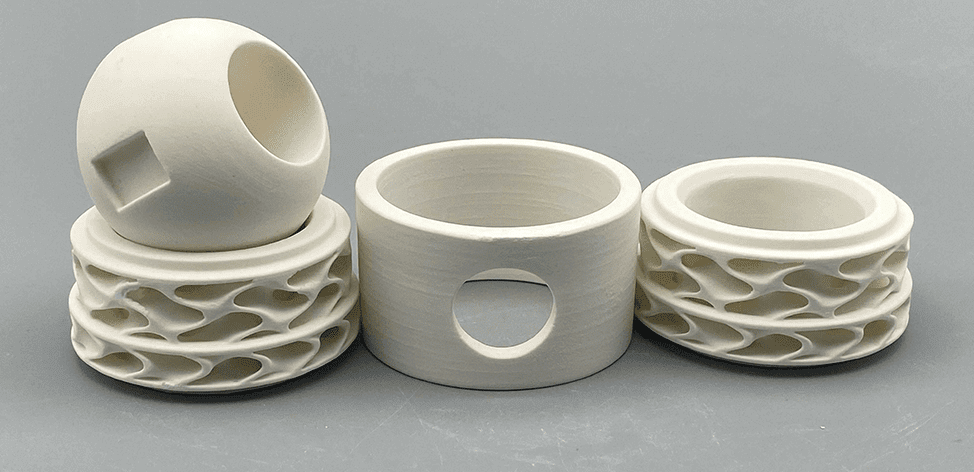HTS delivers material properties similar to engineering plastics like PEEK, Vespel®, Radel® and Torlon® via additive manufacturing. Unlike many other high-performance photopolymers, HTS is a one pot system leading to higher productivity and less waste.
Key Material Properties:
- HDT: >300 C
- Ultimate Tensile Strength: 90 MPa in Z








